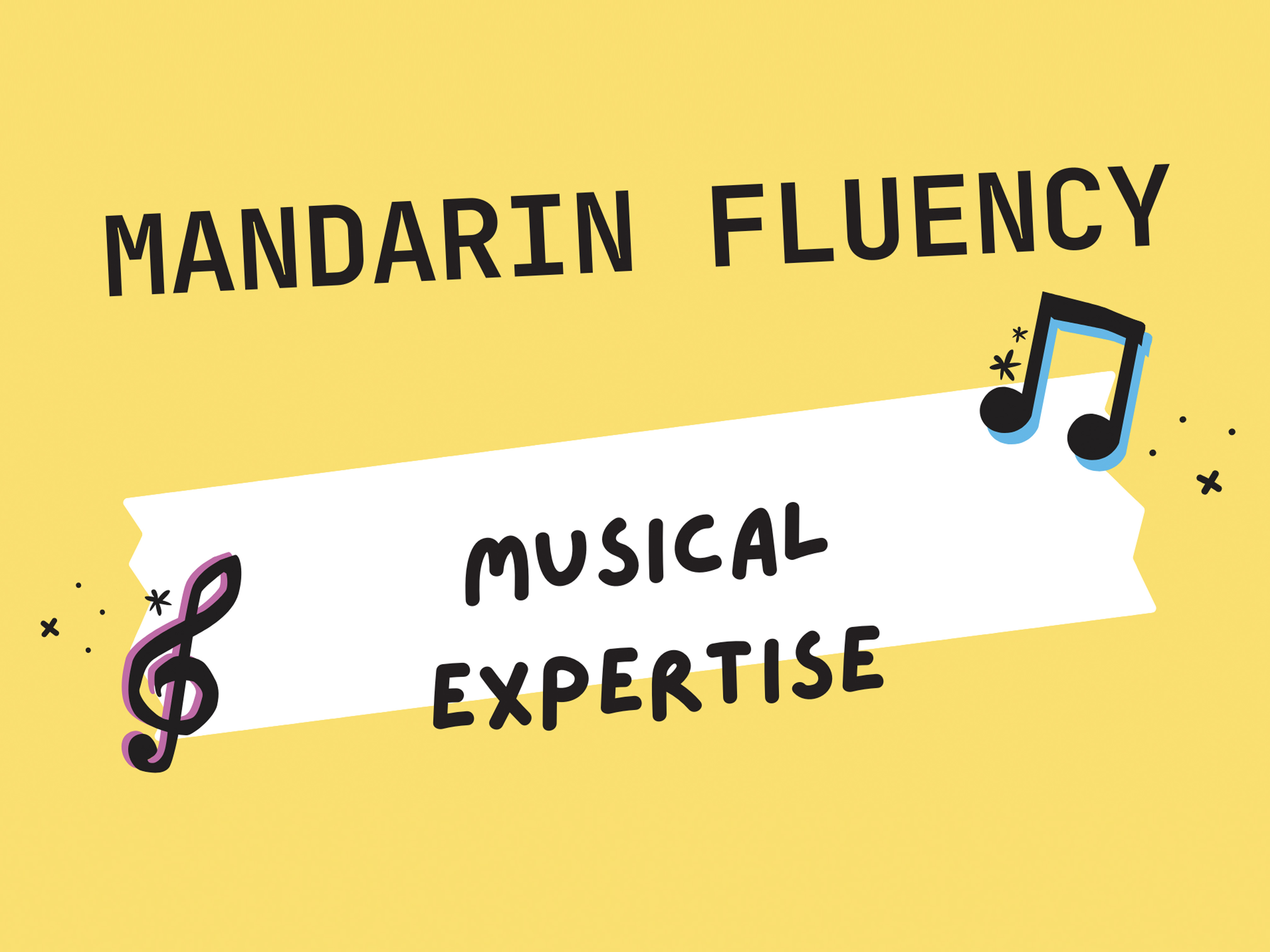
Embarking on the journey of learning Mandarin presents a formidable challenge due to its intricate tonal nuances, which can confound even the most dedicated language learners. Similarly, mastering musical instruments poses a comparable challenge, especially in understanding and reproducing pitch. In a recent New York Times article by Eric Nagourney, researchers from Northwestern University unveiled an intriguing connection between learning Chinese and musical training, shedding light on how music significantly enhances language acquisition.
Sing In Chinese, an innovative platform that teaches Mandarin to children through songs and music, seamlessly aligns with the findings of the Northwestern University researchers. This platform recognizes the potency of music not only in making language learning enjoyable but also in tapping into cognitive processes that aid in mastering the complexities of Mandarin. The Sing In Chinese App, available for iOS and Android, plays a pivotal role in this endeavour.
The New York Times article highlights that individuals with musical training possess a distinct advantage in learning Chinese. Published in the online edition of Nature Neuroscience, the research emphasizes that both language and musical skills draw upon the same areas of the brain responsible for detecting changes in pitch. Nina Kraus, one of the study's authors, suggests that music training effectively tunes our sensory system, implying a potential correlation between musical proficiency and language acquisition.
For Sing In Chinese, this correlation translates into engaging and melodious language lessons. By integrating music into the Mandarin learning process, the platform not only enhances language acquisition but also capitalizes on the neurological benefits associated with musical training. The interactive and immersive approach of Sing In Chinese aligns with the idea that studying music enhances the brain's ability to process sounds, a crucial skill in mastering tonal languages like Mandarin.
The study conducted by Northwestern University involved 20 non-Chinese speaking volunteers, half with no musical background and half with at least six years of musical instrument training. As participants listened to the Mandarin word "mi" in different contexts, the researchers monitored brain stem activity to gauge how effectively they processed the sounds. The results were striking, with those with a musical background exhibiting significantly more brain activity in response to the Chinese sounds.
Sing In Chinese's methodology mirrors the study's findings, showing that the integration of music into language learning not only enhances cognitive processes but also offers a dynamic and effective way for children to grasp the nuances of Mandarin. The platform's commitment to making language learning accessible and enjoyable aligns with the researchers' suggestion that schools should reconsider cutting music programs if they aim for children to excel in languages.
In conclusion, the symbiotic relationship between Mandarin learning and musical training is a fascinating revelation that bridges the innovative approaches of platforms like Sing In Chinese with scientific research. As we navigate the complexities of language acquisition, let's not underestimate the transformative power of music, a universal language that harmonizes the mind and enhances our capacity to embrace the beauty of diverse linguistic landscapes.
Moreover, the Sing In Chinese App and teaching model utilize a tone-accurate approach, leveraging music to aid children in learning Chinese more effectively. This approach significantly improves the memorization of sentences through songs, as music and singing make it easier for children to memorize, learn, and repeat words. The original songs of the Sing In Chinese program are designed to help children achieve tone-accurate fluency in Mandarin, paralleling the actual tones of the language. This unique feature sets Sing In Chinese apart, making it the only Mandarin language learning app or program in the world to offer such an innovative approach tailored for children.